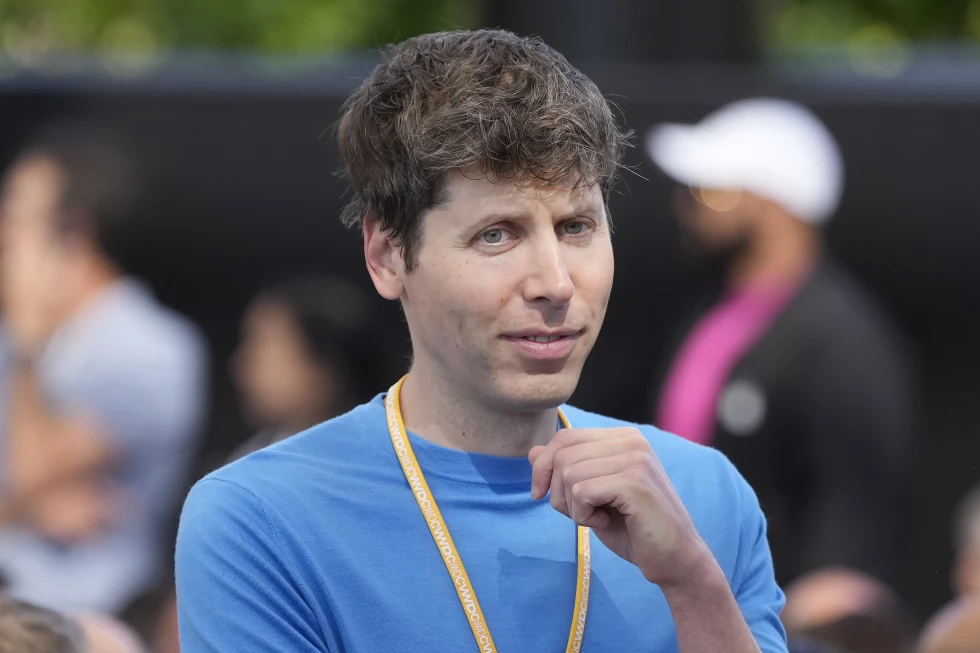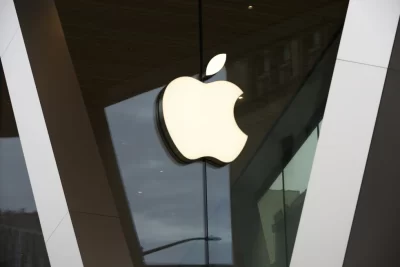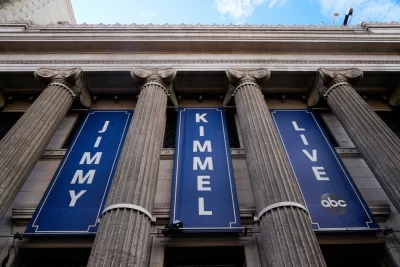
NEW YORK — The artificial intelligence maker OpenAI may face a costly and inconvenient reckoning with its nonprofit origins even as its valuation recently exploded to $157 billion.
Nonprofit tax experts have been closely watching OpenAI, the maker of ChatGPT, since last November when its board ousted and rehired CEO Sam Altman. Now, some believe the company may have reached — or exceeded — the limits of its corporate structure, under which it is organized as a nonprofit whose mission is to develop artificial intelligence to benefit “all of humanity” but with for-profit subsidiaries under its control.
Jill Horwitz, a professor in law and medicine at UCLA School of Law who has studied OpenAI, said that when two sides of a joint venture between a nonprofit and a for-profit come into conflict, the charitable purpose must always win out.
“It’s the job of the board first, and then the regulators and the court, to ensure that the promise that was made to the public to pursue the charitable interest is kept,” she said.
Altman recently confirmed that OpenAI is considering a corporate restructure but did not offer any specifics. A source told The Associated Press, however, that the company is looking at the possibility of turning OpenAI into a public benefit corporation. No final decision has been made by the board and the timing of the shift hasn’t been determined, the source said.
In the event the nonprofit loses control of its subsidiaries, some experts think OpenAI may have to pay for the interests and assets that had belonged to the nonprofit. So far, most observers agree OpenAI has carefully orchestrated its relationships between its nonprofit and its various other corporate entities to try to avoid that.
However, they also see OpenAI as ripe for scrutiny from regulators, including the Internal Revenue Service and state attorneys general in Delaware, where its incorporated, and in California, where it operates.
Bret Taylor, chair of the OpenAI nonprofit’s board, said in a statement that the board was focused on fulfilling its fiduciary obligation.
“Any potential restructuring would ensure the nonprofit continues to exist and thrive, and receives full value for its current stake in the OpenAI for-profit with an enhanced ability to pursue its mission,” he said.
Here are the main questions nonprofit experts have:
How could OpenAI convert from nonprofit to for-profit?
Tax-exempt nonprofits sometimes decide to change their status. That requires what the IRS calls a conversion.
Tax law requires money or assets donated to a tax-exempt organization to remain within the charitable sector. If the initial organization becomes a for-profit, generally, a conversion is needed where the for-profit pays the fair market value of the assets to another charitable organization.
Even if the nonprofit OpenAI continues to exist in some way, some experts argue it would have to be paid fair market value for any assets that get transferred to its for-profit subsidiaries.
In OpenAI’s case, there are many questions: What assets belong to its nonprofit? What is the value of those assets? Do they include intellectual property, patents, commercial products and licenses? Also, what is the value of giving up control of the for-profit subsidiaries?
If OpenAI were to diminish the control that its nonprofit has over its other business entities, a regulator may require answers to those questions. Any change to OpenAI’s structure will require it to navigate the laws governing tax-exempt organizations.
Andrew Steinberg, counsel at Venable LLP and a member of the American Bar Association’s nonprofit organizations committee, said it would be an “extraordinary” transaction to change the structure of corporate subsidiaries of a tax-exempt nonprofit.
“It would be a complex, involved process with numerous different legal and regulatory considerations to work through,” he said. “But it’s not impossible.”
Is OpenAI carrying out its charitable mission?
To be granted tax-exempt status, OpenAI had to apply to the IRS and explain its charitable purpose. OpenAI provided The Associated Press a copy of that September 2016 application, which shows how significantly the organization’s plans for its technology and structure have changed.
OpenAI spokesperson Liz Bourgeois said in an email that the organization’s missions and goals remained constant, though the way it’s carried out its mission has evolved alongside advances in technology.
When OpenAI incorporated as a nonprofit in Delaware, it wrote that its purpose was, “to provide funding for research, development and distribution of technology related to artificial intelligence.” In tax filings, it’s also described its mission as building, “general-purpose artificial intelligence (AI) that safely benefits humanity, unconstrained by a need to generate financial return.”
Steinberg said there is no problem with the organization’s plans changing as long as it reported that information on its annual tax returns, which it has.






